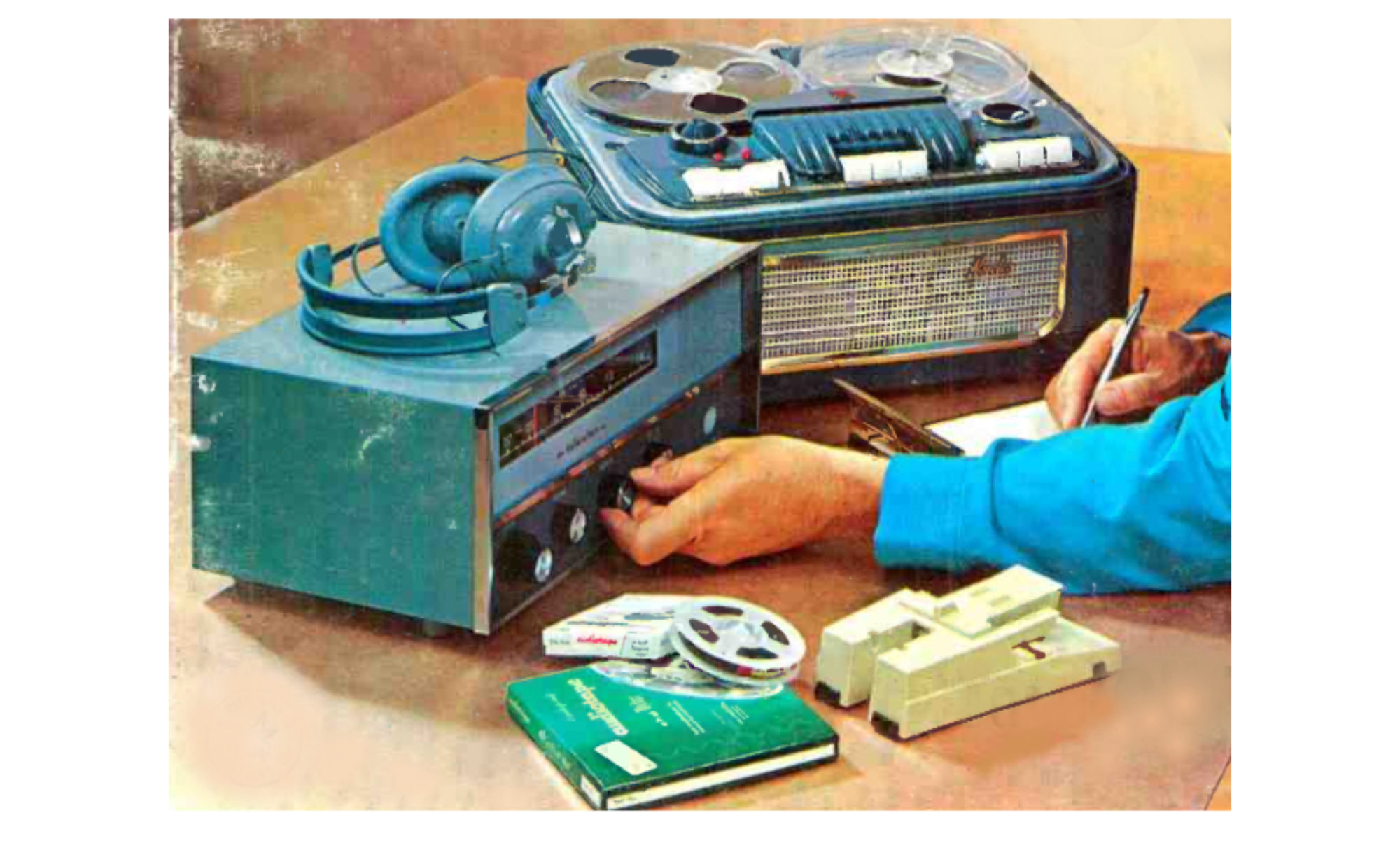Interdisciplinary Conference, Weimar, 1 and 2 October 2020
Ballroom of the Goethe National Museum Weimar, Frauenplan 1, 99423 Weimar
Limited number of participants. Registration via email: christina.doerfling@hfm-weimar.de
Program
Thursday, October 1
9:00 a.m.: Opening
Christoph Stölzl (President, HfM Weimar)
GreetingBio
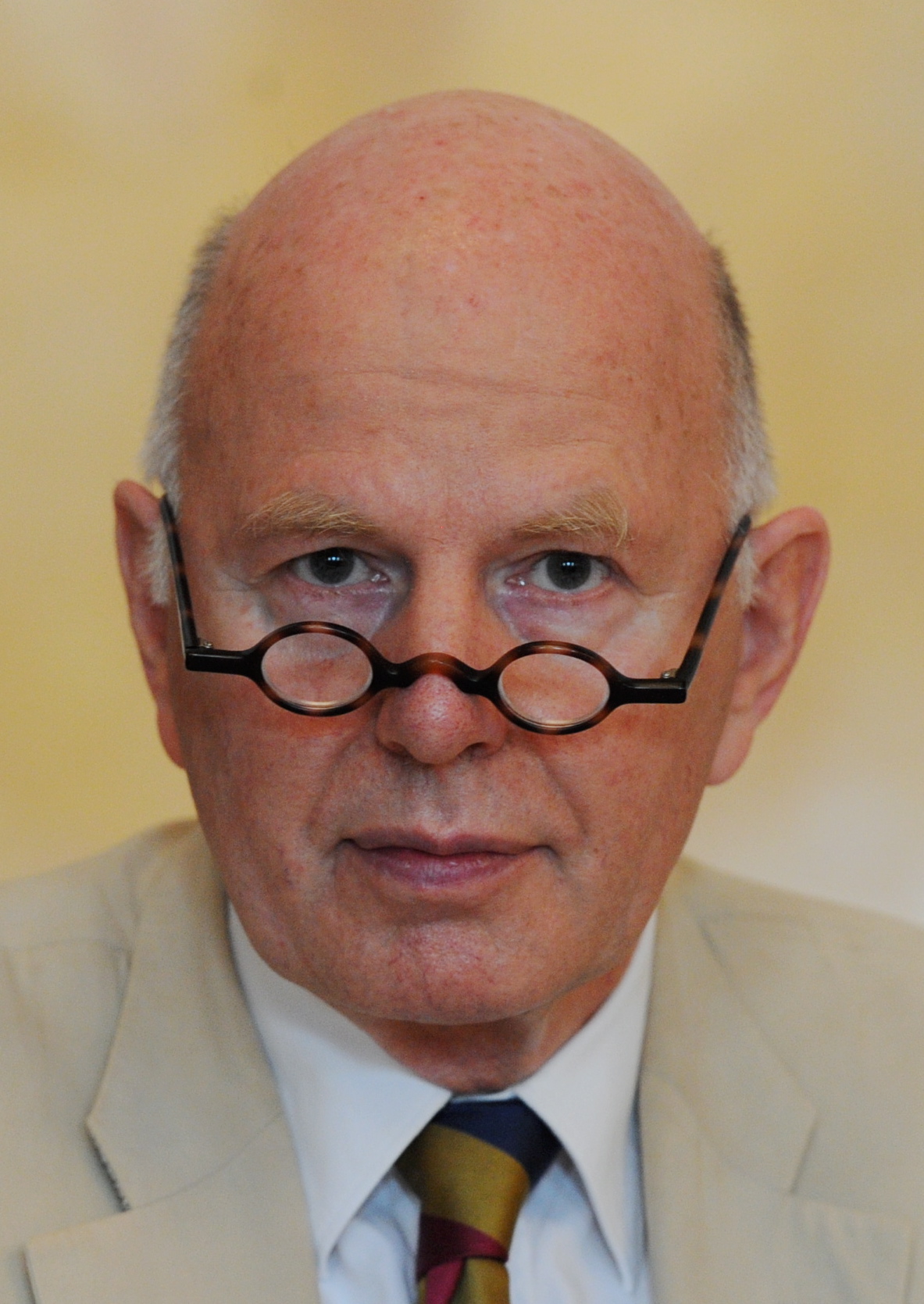
Prof. Dr. Christoph Stölzl, geboren 1944 in Westheim, studierte Geschichte, Literaturwissenschaft und Soziologie. Ab 1974 arbeitete er im Bayerischen Nationalmuseum, von 1980 bis 1987 als Direktor des Münchner Stadtmuseums und danach bis Ende 1999 als Gründungs- und Generaldirektor des Deutschen Historischen Museums in Berlin. Christoph Stölzl hat zahlreiche große Ausstellungen zur europäischen Kulturgeschichte veranstaltet sowie viele Arbeiten zu Geschichte, Kultur und Politik Europas veröffentlicht. 2000/2001 war er Berlins Kultur- und Wissenschaftssenator und von 2002 bis 2006 Vizepräsident des Berliner Abgeordnetenhauses. Christoph Stölzl ist zudem viele Jahre als Publizist in Presse, Rundfunk und Fernsehen tätig gewesen. Seit Juli 2010 ist er Präsident der Hochschule für Musik Franz Liszt Weimar.
IntroductionBios
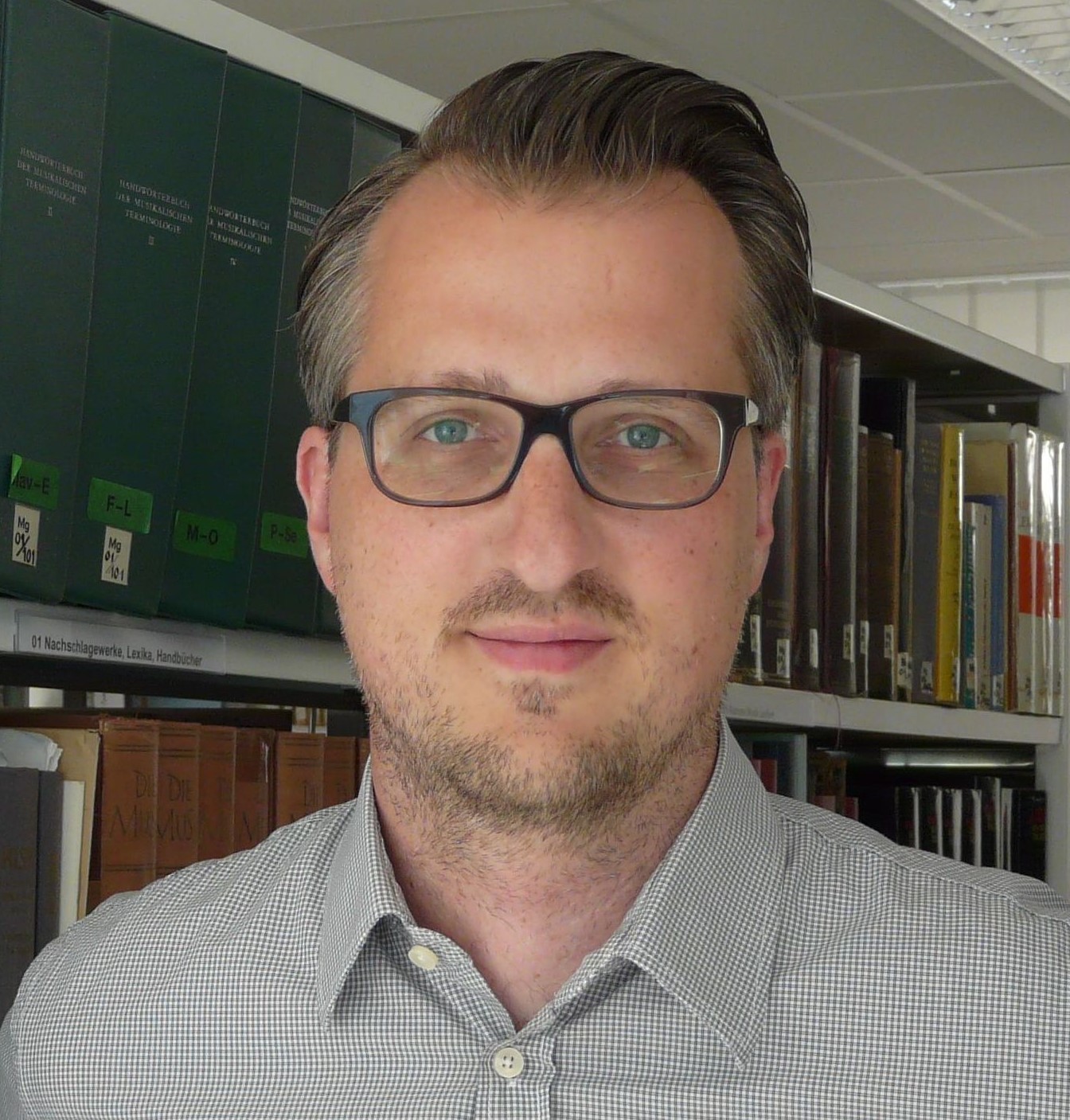
Christofer Jost is a lecturer at the Center for Popular Culture and Music and associate professor (Privatdozent) at the Department of Media and Cultural Studies, both at the University of Freiburg. His main areas of research and teaching are: popular music, digital media and music, audiovisual media cultures, music education and performance studies.
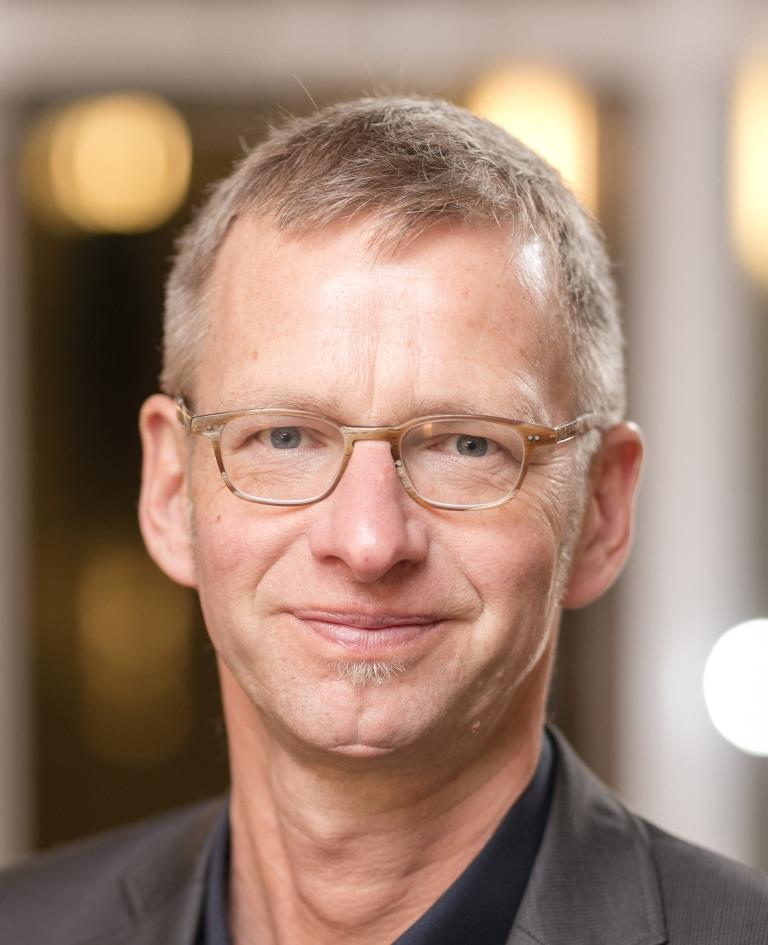
Martin Pfleiderer (born 1967) studied musicology, philosophy and sociology at the University of Giessen (1988-93), where he received his doctorate in 1998. From 1999-2005 he was a research assistant for systematic musicology at the University of Hamburg. After his habilitation (2006) and several guest lectureships, he has been Professor of the History of Jazz and Popular Music at the Hochschule für Musik Franz Liszt Weimar since 2009. His research focuses on the history, analysis and aesthetics of jazz and popular music (especially with regard to rhythm, singing and improvisation), music sociology and computational musicology.
9:30 a.m.-1 p.m. Basics of Cultural Studies Object Research
Moderation: Laura Niebling (Regensburg/Weimar)Bio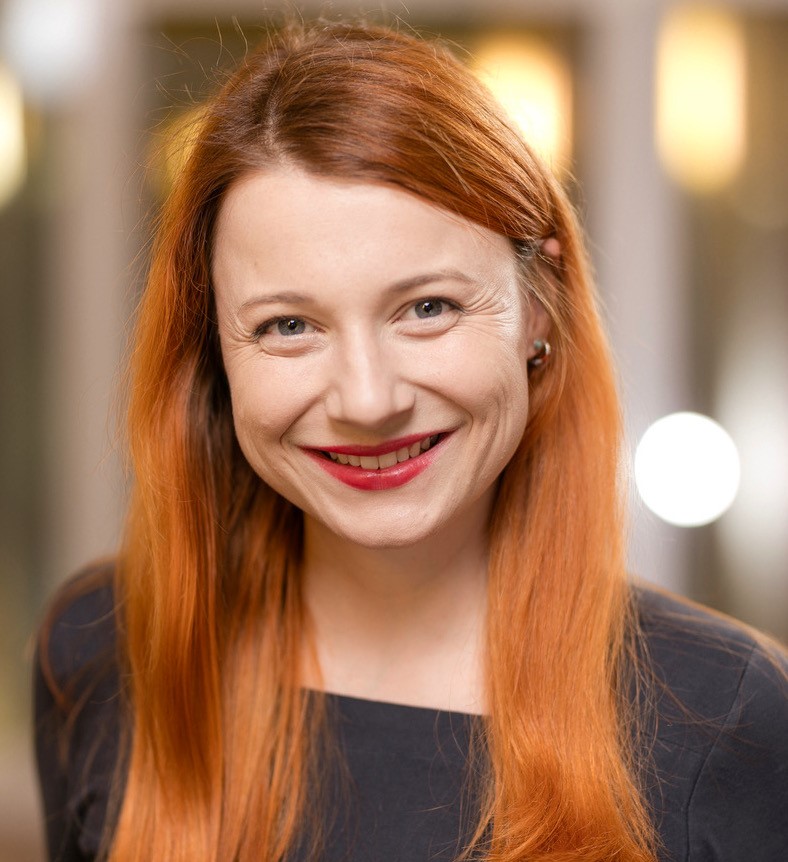
Laura Niebling is a postdoctoral researcher at the Department for Media Studies at the University of Regensburg. She studied Media Studies and Comparative Literature at the University of Bochum and did her doctorate at the University of Bayreuth with a thesis on the history of factual music film. From 2015-2018 she was a research assistant in the DFG project „History of Documentary Film in Germany 1945-2005“ at the Film University Babelsberg Konrad Wolf, from 2018-2019 she was a member of the BMBF joint project „Music Objects of Popular Culture“ at the HfM Weimar. She mainly works in the field of media and technology history of digital media, currently especially the digitization of German (tele) medicine, and media of popular culture.
9:30 a.m. Stefanie Samida (Heidelberg)
Object, Body, Sound: Entanglements in Music Objects of Popular Culture Abstract and Bio
TriTraTrallala – this is how the record „Kinder hört mal her. 4 lustige Kasperlegeschichten und Kinderlieder“ begins. The vocals had and still have a very characteristic (mono-)sound and effect. Accompanied by the crackling and scraping of the needle, the constantly rotating motor of the record player “Telefunken Mister Hit“ in the background, and the turning of the record when the first two stories are over, a very specific interaction of thing, body and sound emerges.
On a theoretical level, the talk deals firstly with the complex concept of popular culture while taking into account the particular relationship of material culture and popular culture. Afterwards, the multiple entanglements of thing, body and sound will be focussed. Here, three concepts converge that are widely discussed in the current debate in cultural studies, but are rarely related to each other. Finally, using the already mentioned record player “Telefunken Mister Hit“, I would like to transfer the presented meta-theoretical thoughts on a more pragmatic and empirical level by applying various approaches: the materiality of the thing itself, the object’s history or biography, the study of the thing-thing relationship as well as the analysis of the human-thing entanglement and more specifically the practices of how this music object was and is integrated in daily routine.
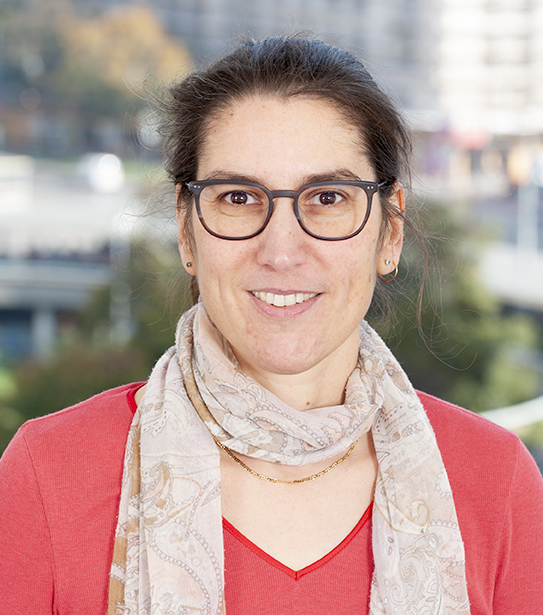
Stefanie Samida is associate professor of popular cultures at Zurich University and research associate at Heidelberg University. She studied prehistory, classical archaeology and medieval history as well as media studies, received her doctorate in Tübingen (2005) and habilitated at Zurich University in 2016. She was one of three principal investigators in the research project „Living history: reenacted prehistory between research and popular performance“ at the Leibniz Centre of Contemporary History Potsdam, junior research group leader at the Heidelberg School of Education and research fellow at the International Research Center for Cultural Studies (IFK) in Vienna. Her research interests include heritage studies, material culture, popular cultures and history of media and science.
Hands-on! – On the Experimentalization of (Media-)HistoryAbstract and Bio
The title of the Luxembourg research project „Doing Experimental Media Archeology“ already focuses on the historian’s own actions. While classic media archeology pursued a largely discourse-oriented approach, experimental media archeology aims to generate new knowledge about media objects and their use and reception practices through the experimenalization of historical research. Depending on the set-up of the experiments, the media objects themselves take center stage by being questioned as epistemic things, or get as technical objects in the background if the focus is on use and reception practices. The lecture describes the development of the local Luxembourg experimental culture and, based on our past experiments, scrutinizes the heuristic potential and the limits of experimental media archeology.
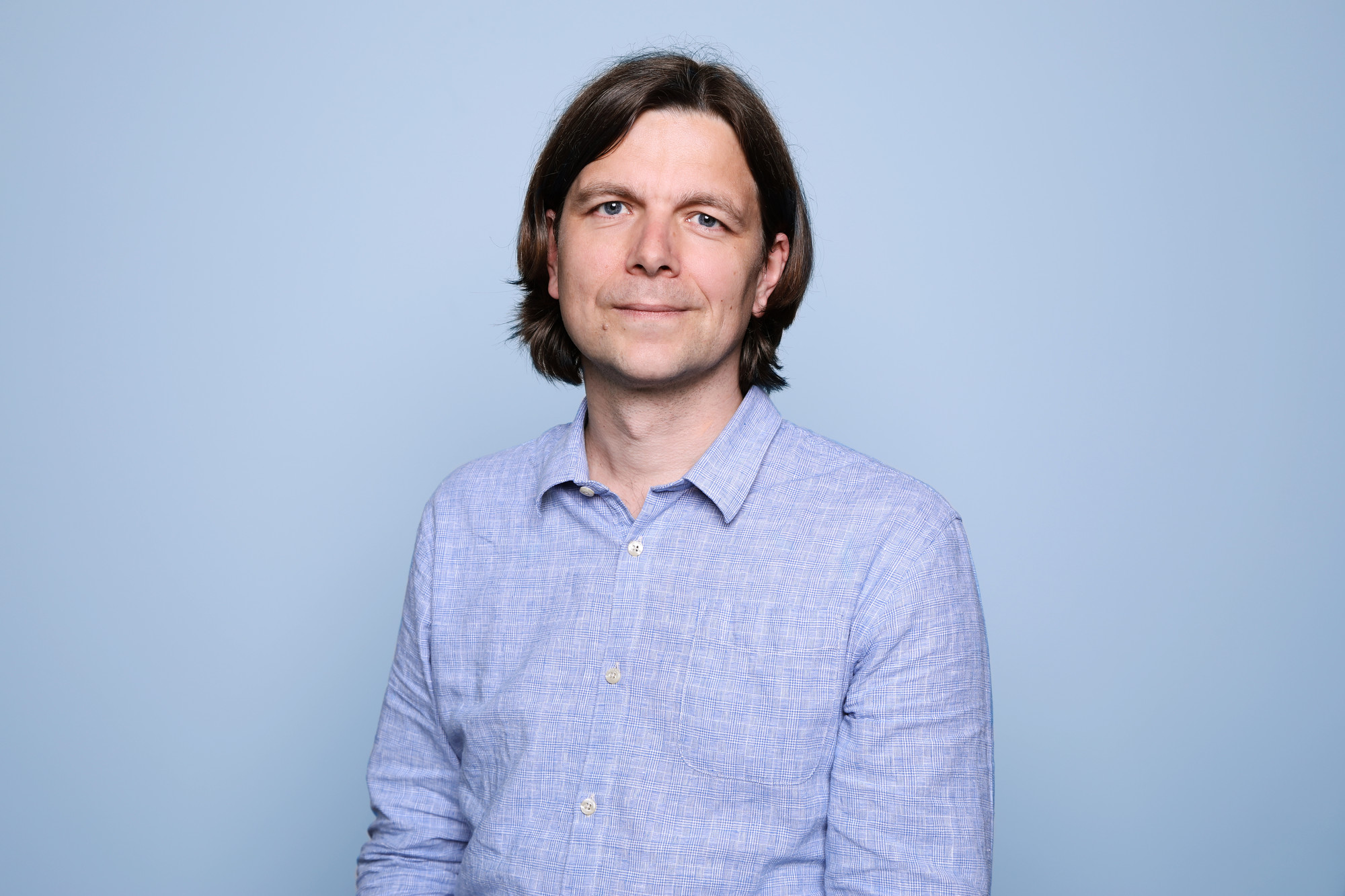
Stefan Krebs is Assistant Professor and Head of the Public History Department at the Luxembourg Center for Contemporary and Digital History (C2DH). He studied history, philosophy and political science at the RWTH Aachen University and the University of Aix-Marseille. In 2008 he received his PhD from RWTH Aachen University. He then worked as a postdoc at the TU Eindhoven, Maastricht University and the Université de Luxembourg before moving to the C2DH in 2017.
11:00 a.m. Coffee break
11:30 Uhr Anne-Kathrin Hoklas (Dresden)The inertia of the media habitus. Music objects as generational formative experiences Abstract und Bio
No other aesthetic experience has influenced generations of young people in the second half of the 20th century to the same extent as music. There is widespread agreement that the ever new pop music styles formed generations. However, the rapid change of media technology in the field of music has also produced new generational styles of music listening practices. In other words: Not only the “what”, but also the “how” of music listening has generational imprints. The paper presents a cultural-sociological research perspective which builds on Karl Mannheim and Pierre Bourdieu, extends them media-theoretically and opens up an empirical approach. It is proposed to focus on the practices of media-based music listening and to ask how those transformed along the historical change of the materiality of musical objects. Against this backdrop, the paper shows by means of interview passages on the (non-)use of two selected audio technologies, headphones and the CD, stemming from a qualitative interview study conducted in 2013/14, that a generation specific modus operandi of music listening can be reconstructed, which is largely stable over different life phases despite of ongoing developments in media-technology.
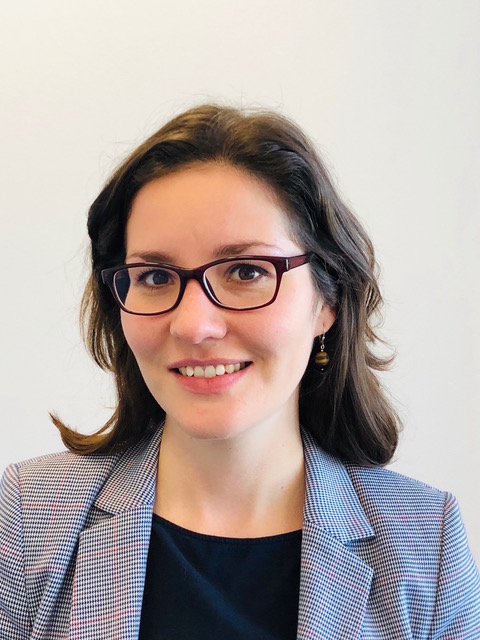
Anne-Kathrin Hoklas is a lecturer at the chair for Sociological Theories and Cultural Sociology at the Technische Universität Dresden, where she obtained her doctorate in 2017 with a study on the sociomaterial change of everyday music listening practices. She was a scientific research assistant in the research project “Time has come today”. Before that she worked at the Audio Communication Group of the Technische Universität Berlin in the research project “Survey Music and Media”. She researches, teaches, and publishes on Cultural and Media Sociology, sociological theory, auditive culture and qualitative reconstructive methodologies and methods.
12:15 p.m. Andreas Ludwig (Potsdam)
Fragments of absence. Museum objects as traces of historical practiceAbstract and Bio
Andreas Ludwig is a historian and Associated Scholar at the Leibniz-Centre for Contemporary History Potsdam. His fields of studies are the history of everyday life, material culture, and collecting in contemporary history. From 1993 to 2012 he was the director of the Documentation Centre of Everyday Culture in the GDR where he organized exhibitions and built the museum´s collections as material archive of society. He is co-editor of the journal WerkstattGeschichte and lecturer in museology at the Europa-University Viadrina at Frankfurt (Oder).
1:00 p.m. Lunch break
2:30- 6:30 p.m. Transnational Music Object Stories
Moderation: Alan van Keeken (Freiburg/Gronau)Bio
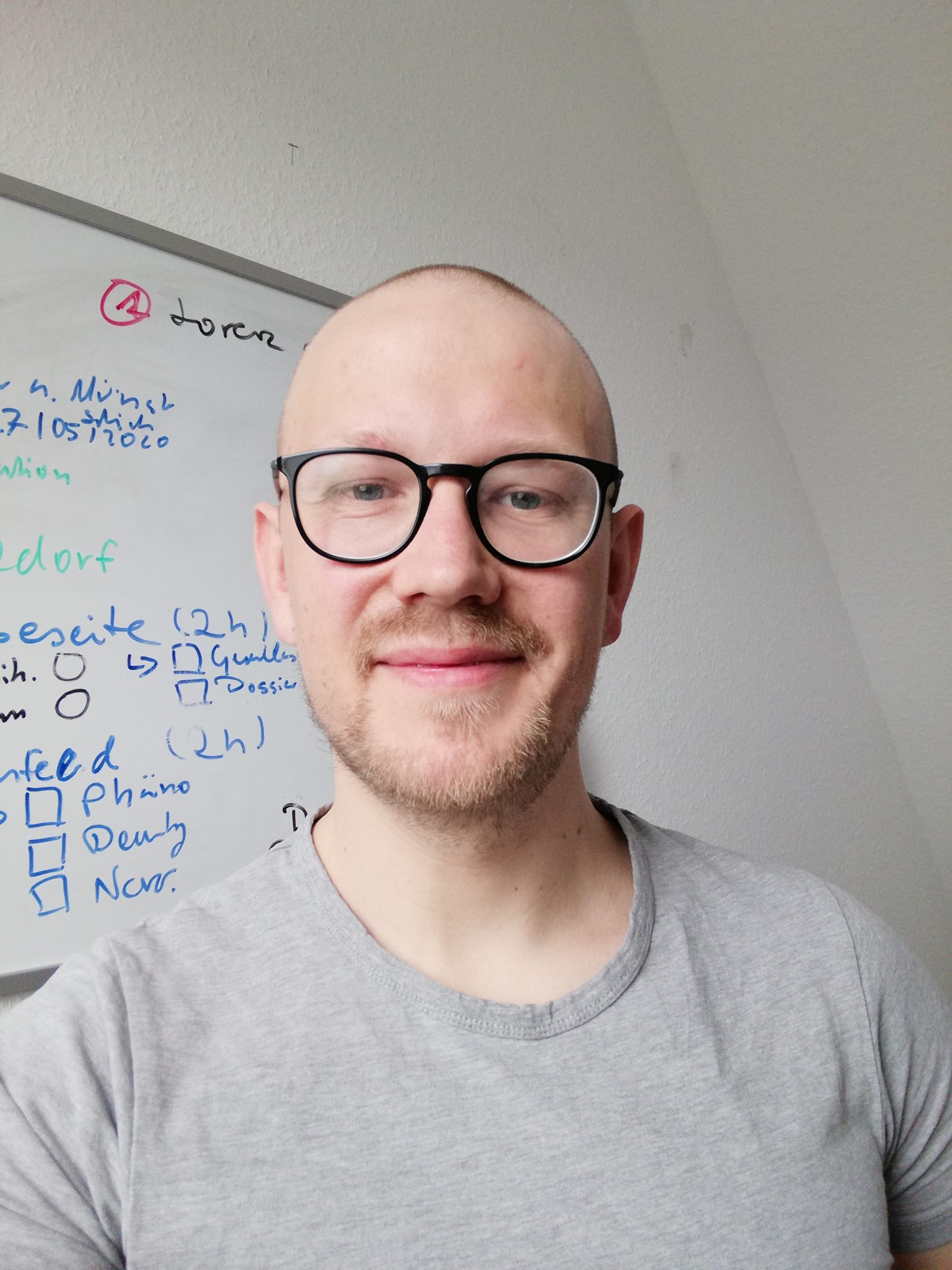 Alan van Keeken, M.A. studied musicology, sociology and political
science at the Justus-Liebig-University of Gießen and graduated in 2018
with a thesis on „The Phenomenon Deutschpop ca. 2004-2011“. Since
September 2018 he works as a researcher for the ZPKM at the
Albert-Ludwigs-University of Freiburg. In the BMBF-Project „Musical
Objects of Popular Culture“ he focuses the „generators of sound“.
.
Alan van Keeken, M.A. studied musicology, sociology and political
science at the Justus-Liebig-University of Gießen and graduated in 2018
with a thesis on „The Phenomenon Deutschpop ca. 2004-2011“. Since
September 2018 he works as a researcher for the ZPKM at the
Albert-Ludwigs-University of Freiburg. In the BMBF-Project „Musical
Objects of Popular Culture“ he focuses the „generators of sound“.
. Circulating Sounds. Carl Lindström and the Emerging World Music Market, 1904-1929 Abstract and Bio
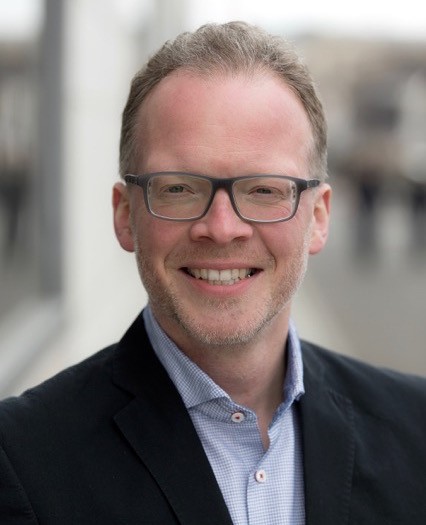
PD Dr. Daniel Morat is lecturer for modern history at the Freie Universität Berlin and currently works as curator for the Berlin exhibition at the Humboldt Forum in Berlin. In the last couple of years, he has focused on questions of sound history, particularly in the fields of urban history, media history and popular culture. Last book publication: Handbuch Sound. Geschichte – Begriffe – Ansätze, ed. with Hansjakob Ziemer, Stuttgart/Weimar: J.B. Metzler, 2018.
3:15 p.m. Stefan Gauß (Berlin)
Noise free and pure. The CD player and the transition to digital sound in the 1980s.Abstract and Bio
The first CD players came onto the market in the early 1980s. The new range of products quickly found acceptance, and in the following years the compact disc replaced the vinyl record as the leading medium for sound carriers. This change was accompanied by the transition from the analogue to the digital form of the technical reproduction of sound. The materiality and aesthetics of sound changed, as did that of objects. The CD player opened up new possibilities for action – for musicians, equipment manufacturers and commercial users as well as for those people who appropriated their products – with manifold consequences for musical culture. This contribution takes up the history of the CD player from the research perspective of „industrial mass culture“ (Wolfgang Ruppert). Based on the characteristics and properties of the object, it investigates their reciprocal relationship to the various meanings, concepts of meaning and ways of use as they developed within the spheres of production and handling. The historical comparison of the CD player with previous objectivations of the technical reproduction of sound allows for a classification into the history of civilization of modernity.
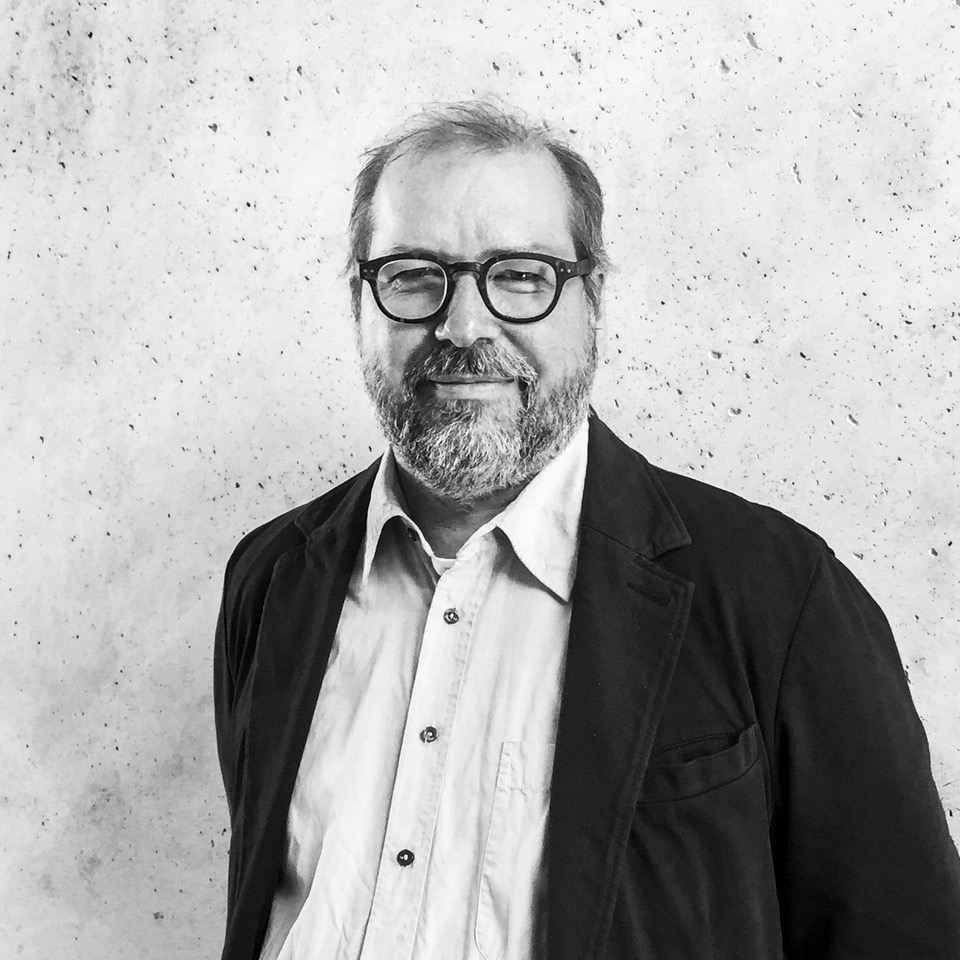
Stefan Gauß, born 1963, Dr. phil., first studied philosophy and Japanese studies at the Freie Universität Berlin, then design with a focus on cultural and design history at the Berlin University of the Arts. Among other things, he was a research assistant at the Center for Cultural Historical Studies, Berlin University of the Arts, under Prof. Dr. Wolfgang Ruppert and a lecturer for cultural and design history. His field of research is the history of things. Publications a. o.: Needle, Groove, Funnel. Cultural History of the Phonograph and the Grammophone in Germany (1900-1940), Cologne 2009., Köln 2009.
4:00 p.m. Coffee break
4:30 p.m. Sarah Hardjowirogo (Hamburg)
Future Sounds of Yesterday. On the Historicisation of Software Instruments Abstract and Bio
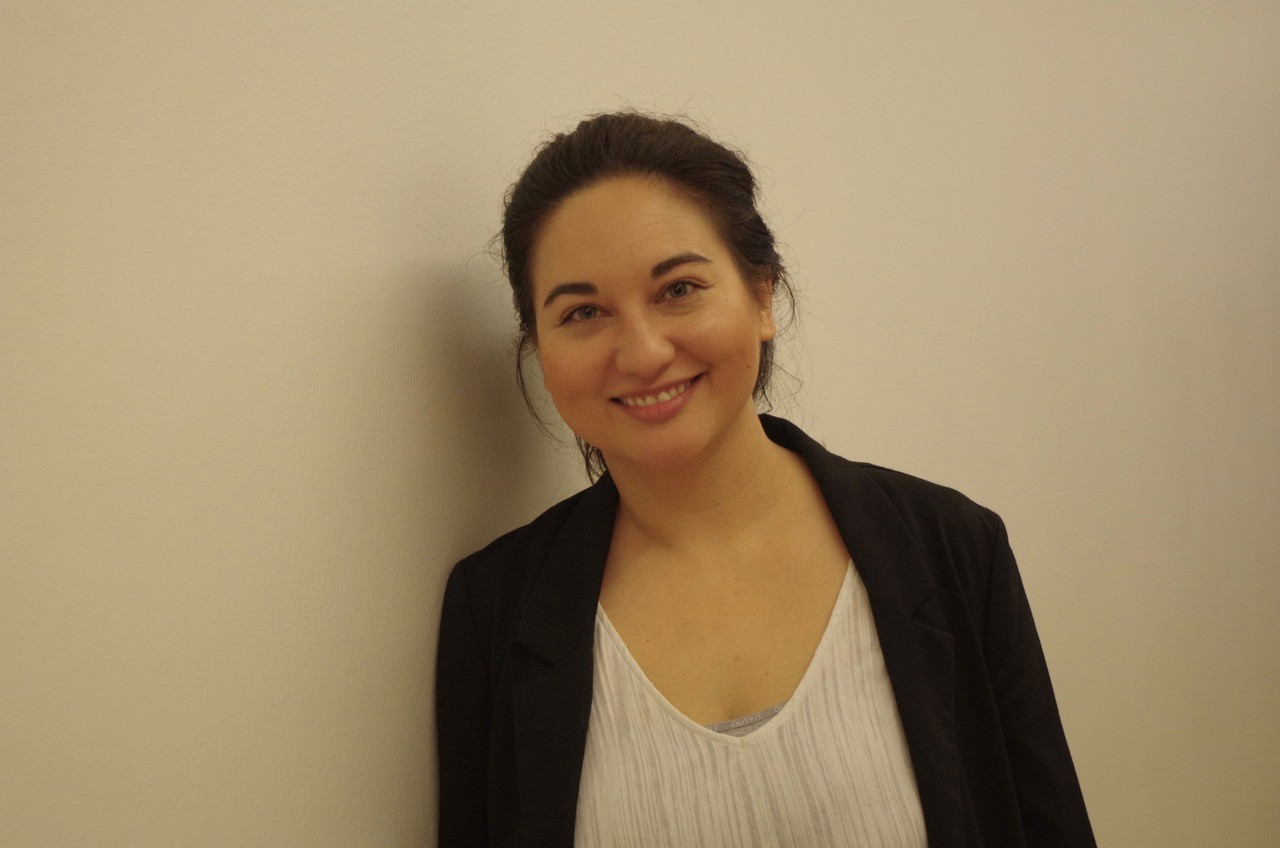
5:15 p.m. Benjamin Burkhart (Freiburg)
Conceptualizing, Constructing, Calculating. Company Archives and Historical Production Research on Music Devices Abstract and Bio

Benjamin Burkhart studied musicology at the University of Würzburg and the University of Music Weimar, where he obtained his doctorate in 2019. Since 2018, he has been a research associate at the Center for Popular Music and Culture at the University of Freiburg in the research project „Music Objects of Popular Culture“. His main research interests concern the analysis and aesthetics of popular music and jazz, qualitative empirical methods in music research, and auditory cultures in past and present.
Friday, October 2
9:00 a.m.-12:30 p.m. Collect – Preserve – Exhibit – Communicate
Moderation: Christina Dörfling (Weimar)BioChristina Dörfling is research associate at the University of Music Weimar in the research project „Music Objects of Popular Culture“. She studied Media Studies, Musicology and History at the Humboldt-Universität zu Berlin. From 2015 to 2018, Christina worked as a research assistant at the DFG Research Training Group “Knowledge in the Arts” at the University of Arts Berlin. There she completed her PhD thesis “Circuit Stories: Resonant Circuitry at the Interface of Music and Media” in 2019. Christina had been fellow at the Humboldt Graduate School, Scholar in Residence at Deutsches Museum München and fellow at MPI for the History of Science.
Objects of Music in the Museum: Classical Tasks and Virtual Potential Abstract and Bio
The wide variety of objects of music includes musical instruments, apparatuses, scores, recordings, as well as installations and scripts of performances. These material objects have a special relationship to music, which is an ephemeral art, and pose interesting questions and challenges to museums and related institutions such as libraries and archives. Many a time, the relevant artefact for the museum’s work must first be determined: should the music itself or the associated material object take priority? For cataloguing projects, this is a crucial step. It raises the question: what exactly should be conserved? Also, conservation science has similar topics. The classical museum’s tasks have been supplemented during the last years, maybe decades, by digitization; it links the fields of research, preservations and presentations in a particular way. On the one hand, it complements the museums’ conventional tasks. On the other hand, it often produces its own, new objects such as scans, recordings, graphs, photographs, virtual copies, databases and samples. The latter can be discussed und exhibited through the lens of authenticity. Using selected examples, I will present the various challenges posed by objects of music for museums and the strategies involved in creating a virtual exhibition.
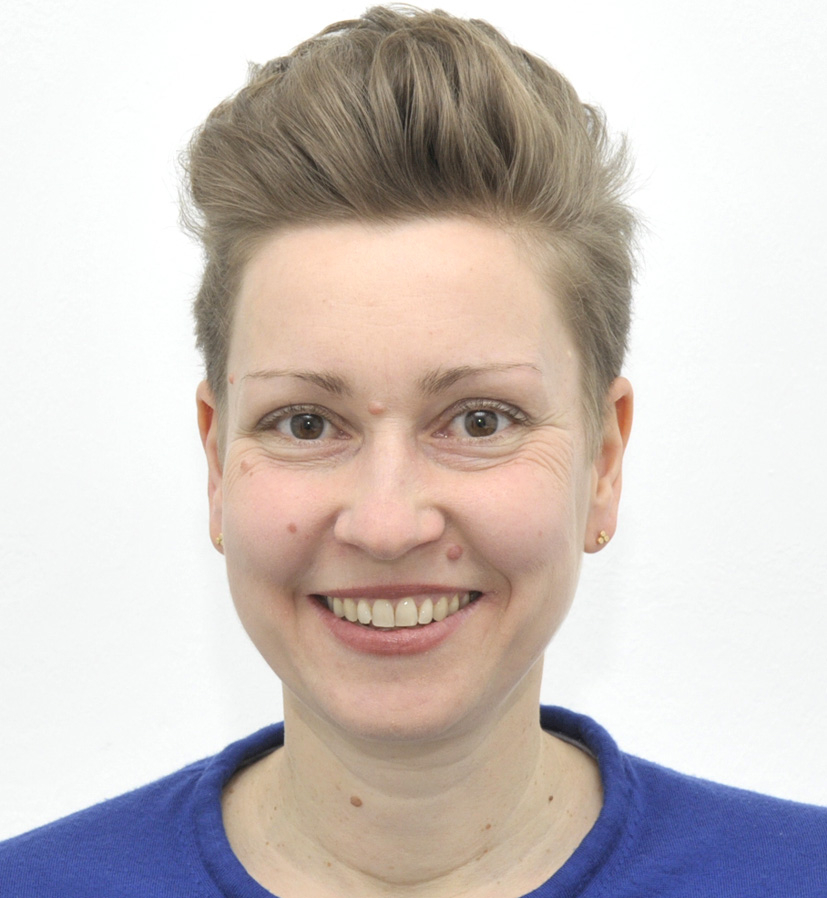 Rebecca Wolf leads the Leibniz-research group “Materiality of Musical Instruments: New Approaches to a Cultural History of Organology” at the Deutsches Museum and teaches musicology in Munich and Stuttgart. She was Fellow at the Harvard Music Department and at the MPI for the History of Science. Her first book, “Friedrich Kaufmanns Trompeterautomat. Ein musikalisches Experiment um 1810” won the Award of Excellence of the Austrian Ministry for Science and Research. She has published on music in peace and war and organological topics. In her current book project, she explores concepts of sound and knowledge of craft from 1800 to 1950.
Rebecca Wolf leads the Leibniz-research group “Materiality of Musical Instruments: New Approaches to a Cultural History of Organology” at the Deutsches Museum and teaches musicology in Munich and Stuttgart. She was Fellow at the Harvard Music Department and at the MPI for the History of Science. Her first book, “Friedrich Kaufmanns Trompeterautomat. Ein musikalisches Experiment um 1810” won the Award of Excellence of the Austrian Ministry for Science and Research. She has published on music in peace and war and organological topics. In her current book project, she explores concepts of sound and knowledge of craft from 1800 to 1950.
9:45 a.m. Benedikt Brilmayer (Berlin)
Safe and sound? The problem of ephemerality of electronic sounds and instrumentsAbstract and Bio
Electronic musical instruments underwent multifarious developments, especially from the second half of the 20th century onwards. Even an excursive overview of their musical capabilities, they seem to overcome customary imaginations of musical instruments. Their potential to create timbre seems to be inexhaustible, playing and operating them brought new performative dimensions into being. Nevertheless, collections of electronic instruments commonly are in private hands or private museums and only in the last years they moved into the focus of research. Although the family of electronic instruments is comparably young, museal „preservation“ constitutes a major challenge. How can instruments be preserved, when their materiality is most diverse and extremely transient at the same time? How could „the sound“ be archived, when instruments are designed to being able to create as many timbres as possible? How could playing-techniques be documented, when the potential lies in the fact, that every interpreter could program his instrument as desired? Preserving the „silent“ instrument already poses an almost unsolvable conservational challenge concerning the highly complex components. But are replicas, copies or emulations able to allow an authentic sound-experience and to give us clues on ways of playing it or even playing-techniques? This lecture would like to provide insight in a collection-related handling of electronic musical instruments on the one hand. On the other hand it would like to pose thoughts on educational work and by reference to selected instruments and processes to discuss specific problems.
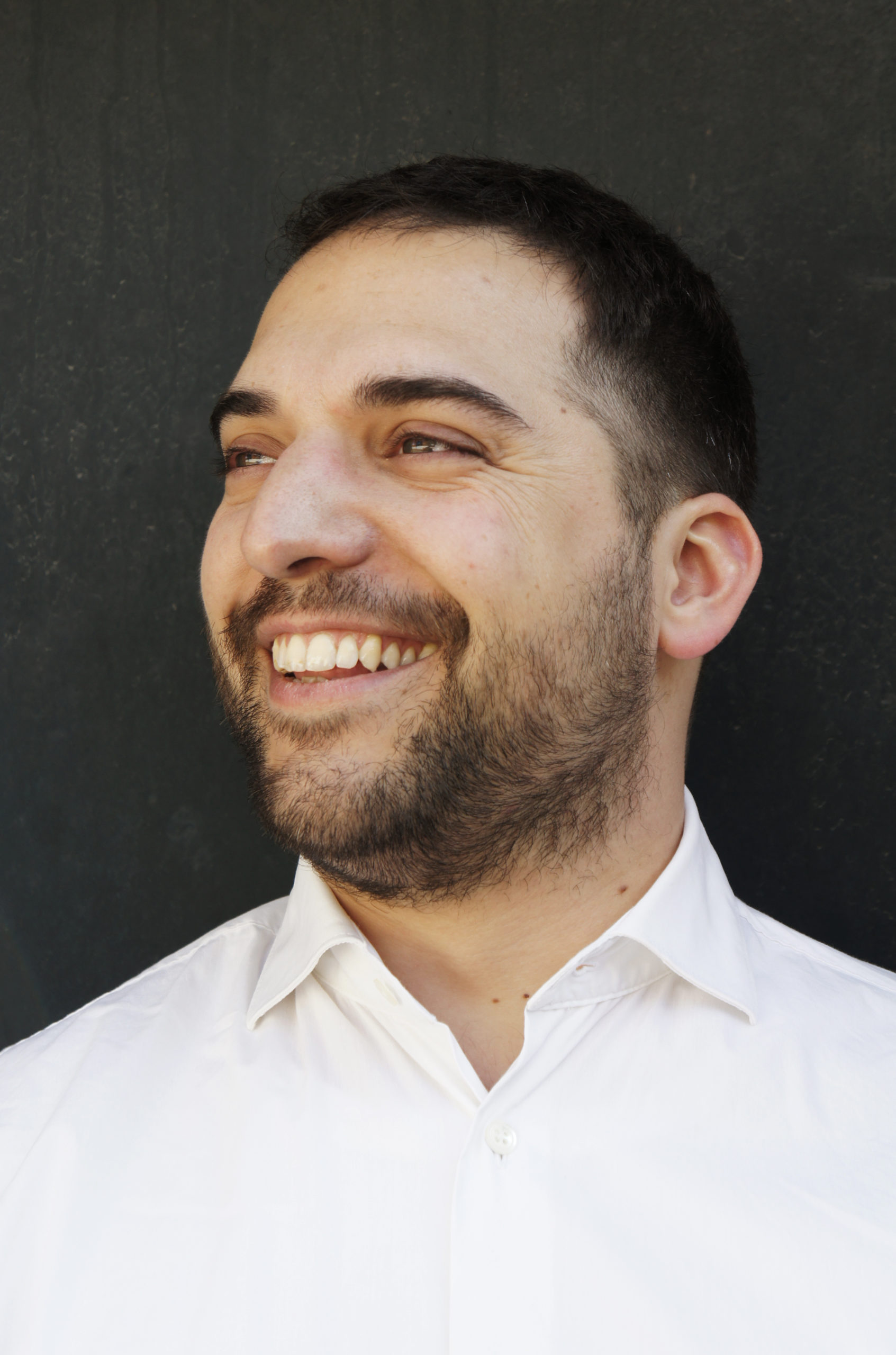
Benedikt Brilmayer studied musicology and psychology at the Hochschule für Musik FRANZ LISZT Weimar and the Friedrich-Schiller-Universität Jena. Initial works in the field of organology followed in the research-project „Restoration and conservation of historical keyed instruments“. Furthermore he worked for the Thuringian state-exhibition Franz Liszt. Ein Europäer in Weimar. In his dissertation-project he examined processes of transfer of technology in the field of making musical instruments with a special focus on the Trautonium. Since 2015 he works at the Museum for Musical Instruments SIM PK and is curator for stringed and electronic instruments. He publishes a.o. works concerning museal handling with electronic instruments as well as processes of their emergence and development.
10:30 a.m. Coffee break
The recalcitrant collection. On the obstinate life of objects collected and storedAbstract and Bio
Walter Grasskamp’s book „Strange Museum Visits“ provides information about the often surplus „secret life“ of collection and exhibition pieces that are formed in literary fantasies. The reader is presented with a kaleidoscope of literary sources, in which things always acquire more qualities than are professionally attributed to them. The things come to life, they enter into a dialogue with the visitor, and they transform the hall into a theatre stage. From a scientific perspective, collections are initially an epistemic scaffolding. They owe their existence to the notion that by gathering the objects together they can gain knowledge that could not otherwise be gained. Despite the clear ‚original motivation‘ for a collection, it is obvious that hardly any collection fulfills the goal set out above. Collections fail because they remain incomplete, interest in them is lost because new concepts and theories come to the fore in the discipline concerned, or they are neglected because the costs of maintenance and presentation are too high. In addition to these aspects, this lecture will also focus on another moment of surprise. It is about the question of the extent to which collection objects are actually witnesses, as is often formulated by ethnologists and other scholars. Especially in the area of musical instruments in collections, surprises are commonplace. For example, it is a question of how an object changes through storage, whether the playability of the instrument can be preserved, and last but not least, what priorities are to be set in restoration. Often an knows more about materials and the restoration challenges than about the object itself. An example of this irritating lack of knowledge about ethnographically collected musical instruments is a raft zither of the Rukuba from the central plateau of Nigeria.
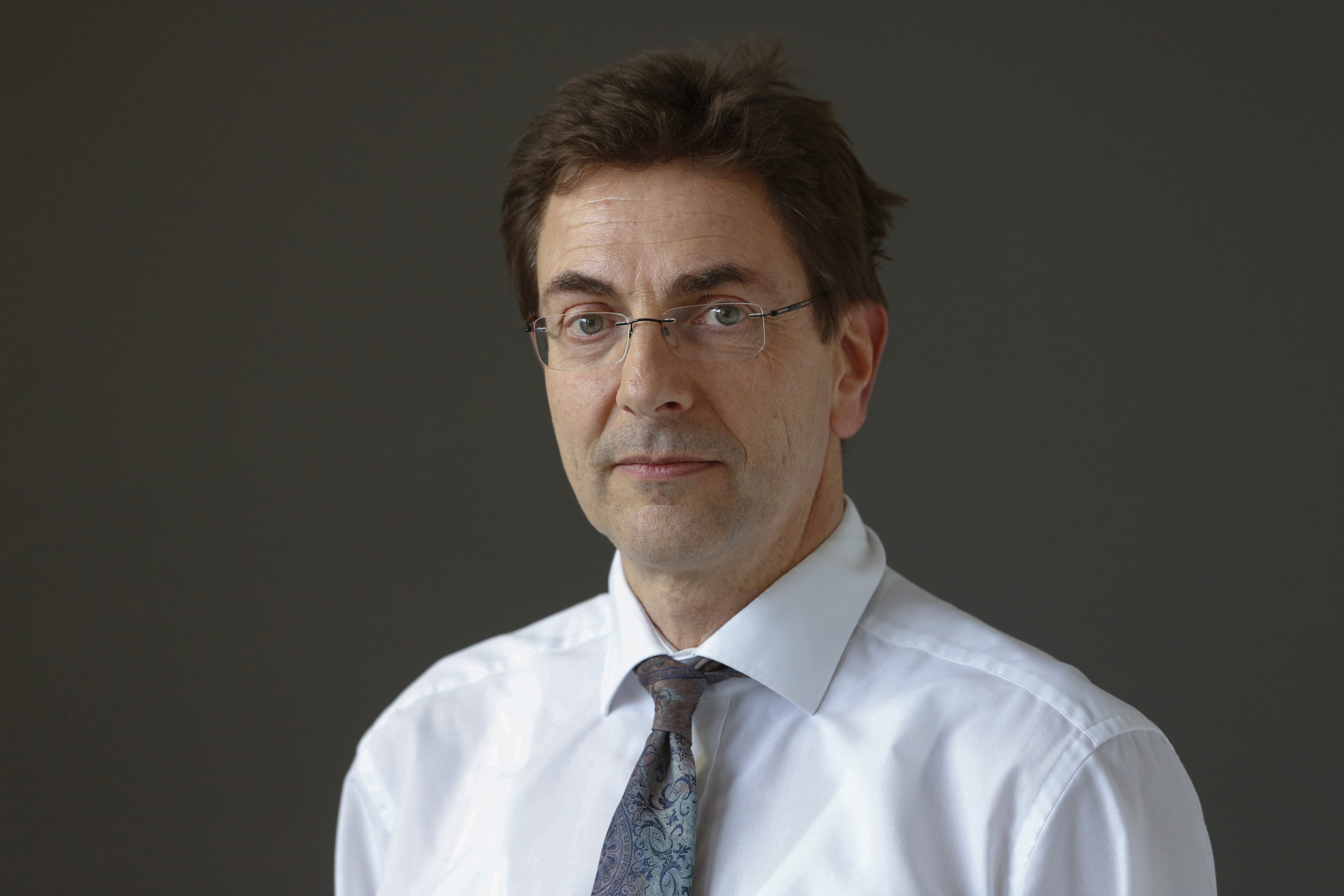
Hans P. Hahn is professor of ethnology with a regional focus on West Africa at the Goethe University in Frankfurt am Main. His main research interests include material culture, crafts, consumption and globalization. In addition to projects of international museum cooperation, he has conducted ethnographic research on migration in West Africa, consumer goods, and the meaning and use of mobile phones. Other areas of interest include economic ethnology, cultural value concepts and transnational labour migration. Important publications: „Eigensinn der Dinge“ (Berlin 2015), „Ethnologie und Weltkulturenmuseum“ (Berlin 2017), „Dinge als Herausforderung“ (Bielefeld 2018), „Das neue Zuhause. Household and everyday life after migration“ (Frankfurt a. M., 2019).
11:45 a.m. Thomas Mania (Gronau)
The Renaissance of the Object Abstract and Bio
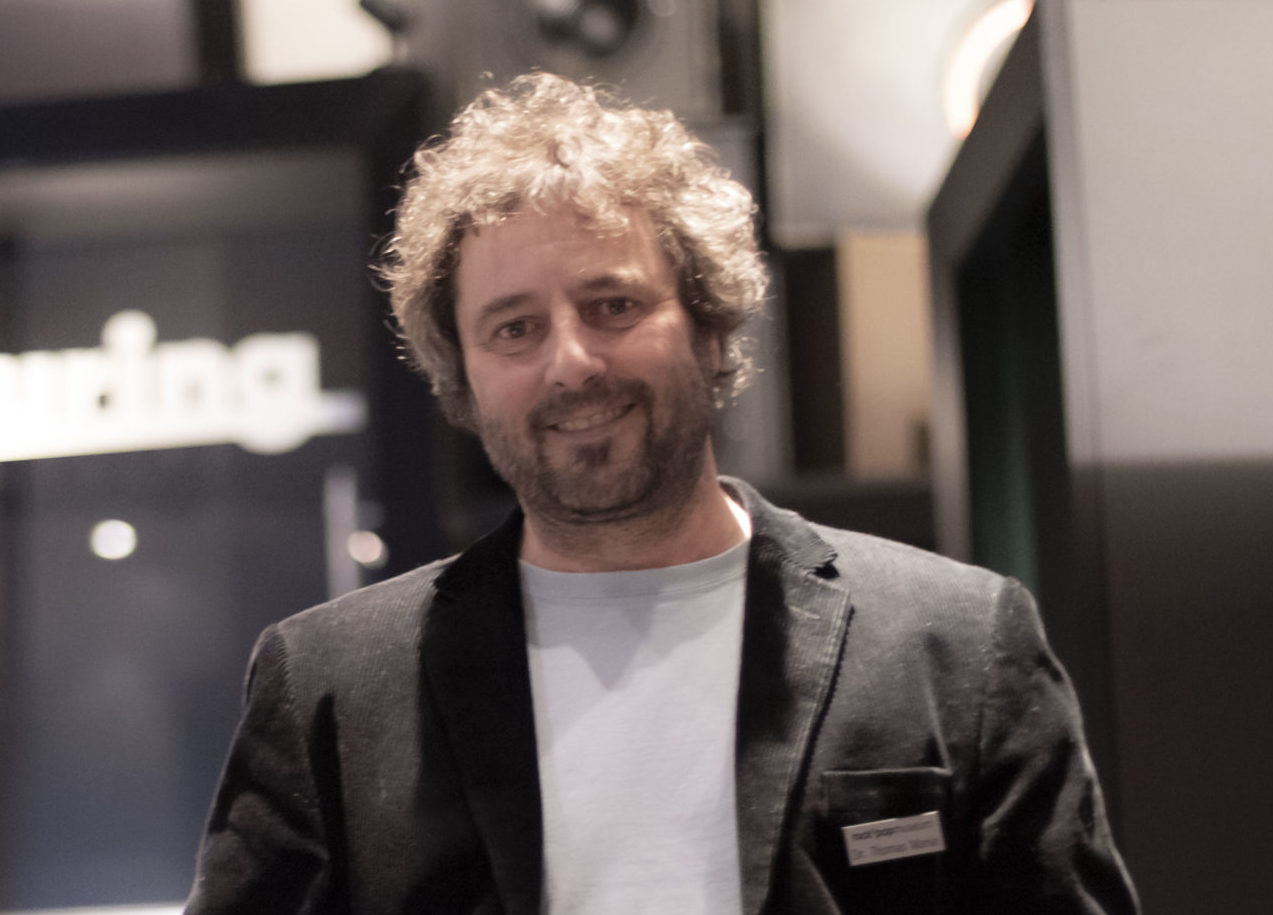 (©Frank Schürmann)
(©Frank Schürmann)
Dr. Thomas Mania, born on February 12, 1960 in Dortmund, studied the combination of folklore / European ethnology, journalism and philosophy at the Westphalian Wilhelms University in Münster. From 2000 he was part of the team to set up the rock’n’popmuseum. He has been a curator here since the house opened in 2004. During this time he designed and implemented numerous special exhibitions. In the course of a more intensive networking of the museum with scientific institutions, project management is also increasingly one of his areas of responsibility. The rock’n’popmuseum publishes accompanying publications for the larger exhibitions, which he is responsible for as coeditor.
12:30 p.m.-2 p.m. Lunch break
12:00 p.m.-3:30 p.m. Materiality and Digitality (panel discussion)
Moderation: Christofer Jost (Freiburg) and Martin Pfleiderer (Weimar)
What are digital music objects? How can they be integrated into collections, exhibitions and museums? How can musical phenomena be researched on the Internet? These and similar questions about the future of music object research in the digital age will be addressed in a panel discussion at the end of the conference.
Miriam Akkermann (Dresden)Bio
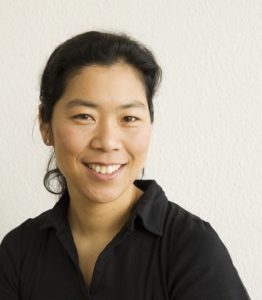 (©A. Dittmann)
(©A. Dittmann)
Miriam Akkermann studied flute, and music and new technologies at C. Monteverdi Conservatory, Bolzano, audio communication at TU Berlin, and composition and Sound Art at University of the Arts Berlin, where she also completed her PhD in musicology in 2014. From 2015-2019, she was responsible for the area „sound“ in the media studies department at Bayreuth University. Since 2019, she holds a junior professorship for empirical musicology at the TU Dresden.
Her main research interests are electroacoustic music, computer music and mixed music (history and analysis methodology), archiving musical works in the digital age, as well as (historically informed) performance practices and their emergence.
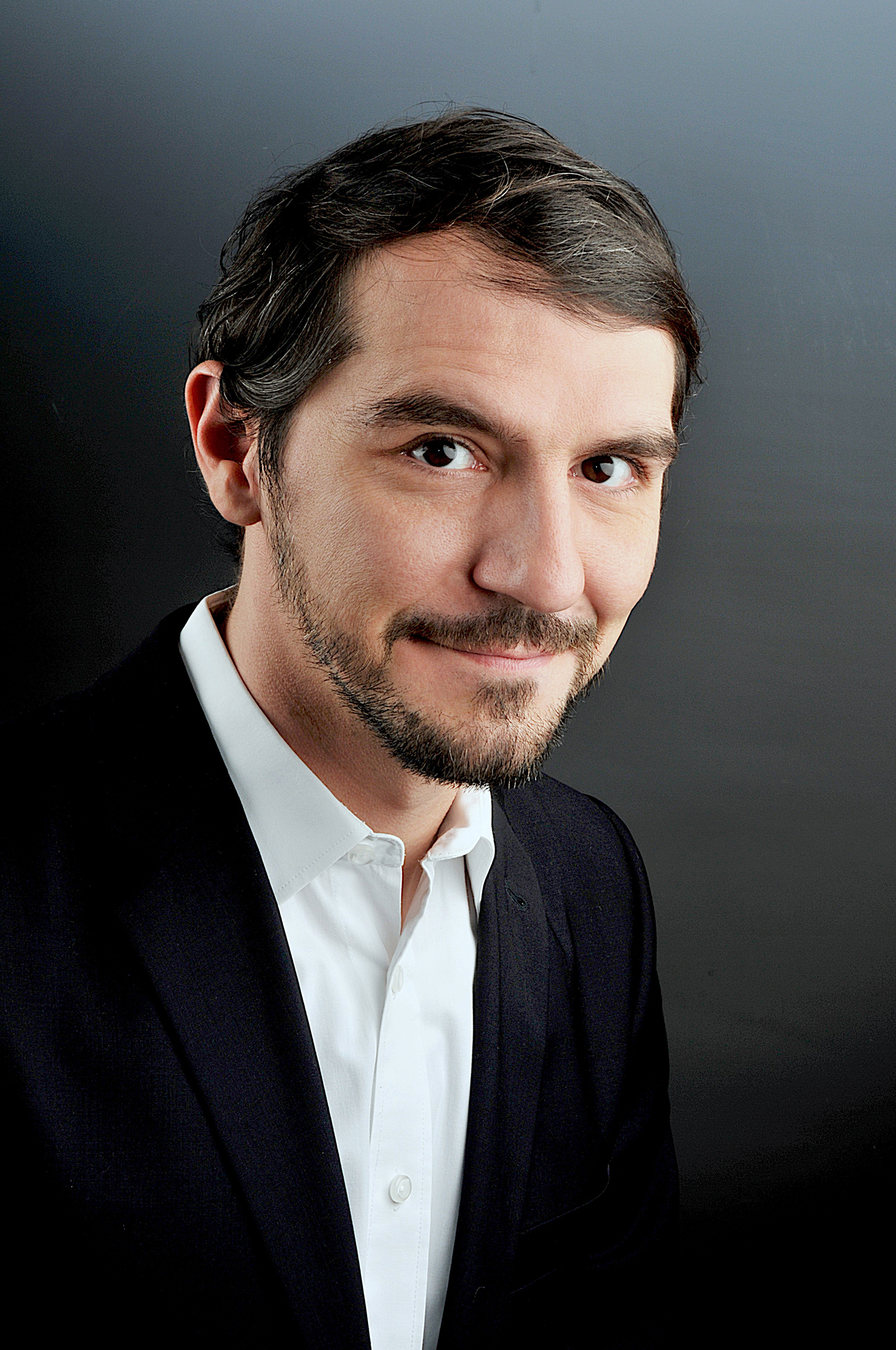
Mario Anastasiadis, PhD, is managing director and scientific coordinator in the Research Program and Graduate School NRW “Digital Society” funded by the Ministry of Culture and Science of the German State of North Rhine-Westphalia. He works as a research associate at the University of Bonn, Department of Media Studies, and is spokesperson of the Popular Culture and Media section of the German Media Studies Association (GfM). His main research interests include Mediatization, Online Communication, Political Communication and Digitization of the Music Industry and music related Practice in Social Media.
Steffen Lepa (Berlin)Bio
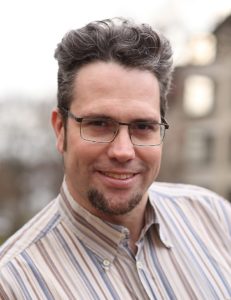
Dr. Steffen Lepa, *1978, Media and Communication Scholar, currently postdoc researcher and lecturer at the Audio Communication Group, Technical University of Berlin. 2018-2019 guest professor for media and music at the Institute for Journalism and Communication Research at Hanover University of Music, Drama and Media. Principal investigator of national funded research project “Survey Music and Media” (2012-2016). Central research areas: Mediatization, digital media, audio communication and audio media, social research methods.
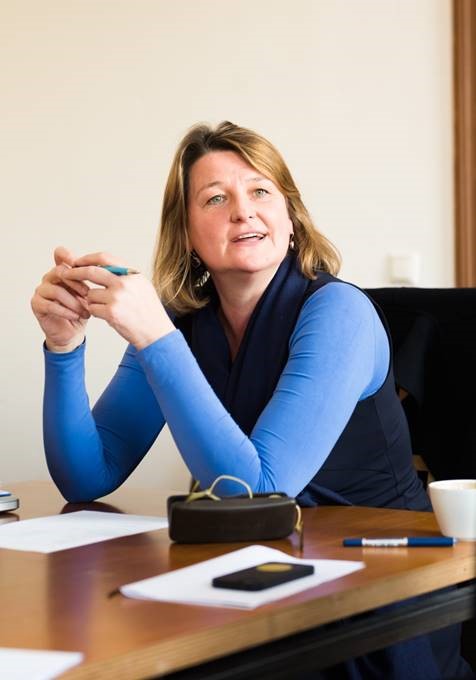
Nathalie Singer is Professor of Experimental Radio and from April 2017 to 2020 she was vice president of the Bauhaus-Universität Weimar. She authors radio plays and features and directs and produces for radio; she composes music for radio, theater and film, and publishes on electroacoustic music and sound art. From 2002 to 2007 she was a dramaturg in the radio play department of Deutschlandradio Kultur where she also developed the short radio drama format Wurfsendung. From 2015-2018 She was a member of the interdisciplinary research project Radiophonic Cultures and from 2018-2020 artistic director of the touring exhibition Radiophonic Spaces.
